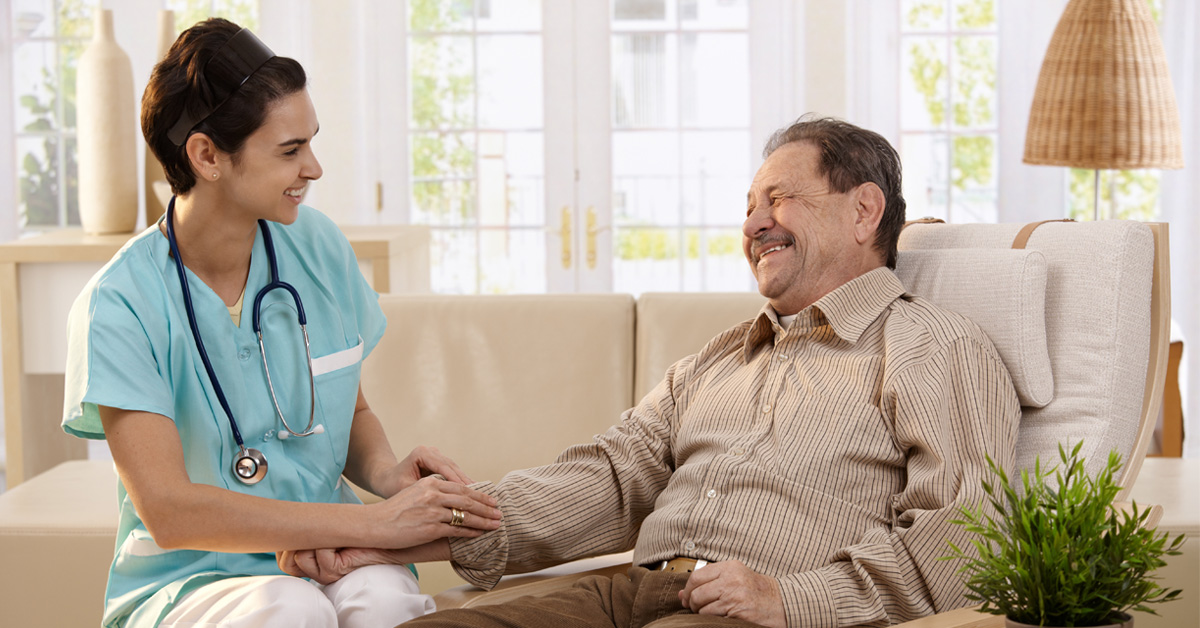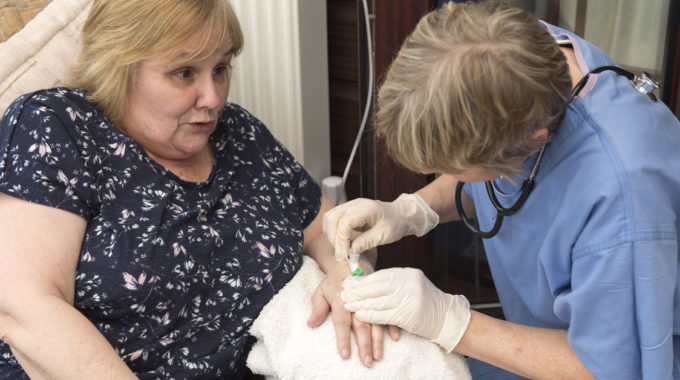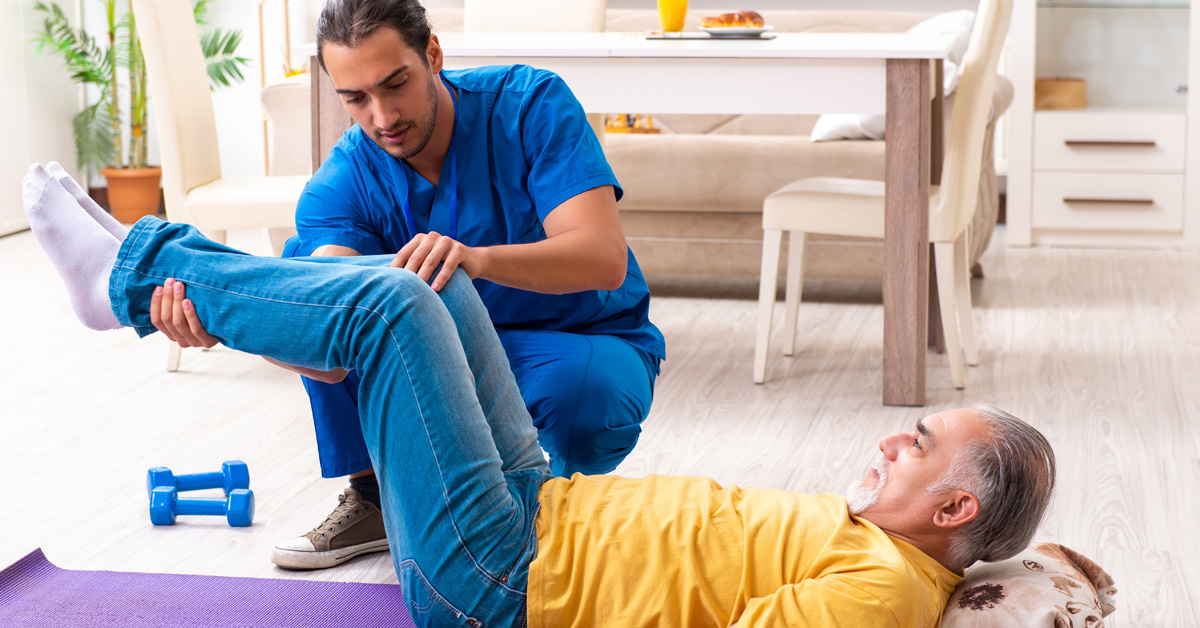
Home Health Proves Safe & Effective for Seniors Living Alone
You are an elderly person who lives alone and needs ongoing medical care. Maybe you are seeing your family doctor or specialist. Perhaps you are getting discharged from a hospital or rehab facility. They start talking about home health – sending a nurse or therapist to your home. Did they not listen when you told them you live alone? How can you be at home, managing on your own, while you need skilled nursing or rehabilitation? As it turns out, doctors, nurses, and discharge planners are good at figuring out which patients can go home. These home health patients living alone have few problems and good outcomes.
How Many Home Health Patients Live Alone?
Most home health patients have someone around to help them. That could be family or that could be the staff of the place they live, such as an assisted living facility. Of the 6.6 million Medicare beneficiaries who received home health in 2017, here is how their living situations broke down:
- Home with others – 64%
- Home alone – 24%
- In a facility with staff to help – 12%
Current Research About Home Health Patients Living Alone
In March, the Journal of the American Geriatrics Society published research that was both the first national-level study and the largest study of this subject to date.1 Jinjao Wang, PhD, RN (University of Rochester, School of Nursing) and colleagues analyzed the Medicare records of more than 6.6 million Medicare beneficiaries. In multivariate analysis, outcomes included:
- hospitalization rates
- emergency department use rates (ED)
- days until hospitalization
- days until ED
- improvement in activities of daily living (ADLs)
Interestingly, patients living at home alone and patients living in assisted living (AL) generally had the best outcomes. Patients living at home alone had the greatest improvement in activities of daily living. These activities included grooming, dressing, bathing, toilet transfer, toilet hygiene, other transferring, ambulation, and eating. Patients living in AL had the least improvement in these ADLs. On the other hand, patients living in AL had the lowest hospitalization rates, 15% lower than patients living at home with others. Patients living at home alone proved 6% less likely to be hospitalized during home health compared to patients living at home with others.
Older Research About Home Health Patients Living Alone
Three older studies have addressed this question with varying outcomes.2 In regards to home health, research tends to agree that living situations have a causal relationship with healthcare outcomes. However, the positive or negative influence of each living situation has varied between studies. Until recently, studies have had fairly narrow focus. For instance, one study was about home health stroke rehabilitation. Also, previous studies have involved small numbers of home health agencies, between one and fifteen.
Conclusion
Millions of elderly people, living at home alone, safely use home health every year. Doctors, discharge planners, and nurses have proven adept at figuring out who is safe to go home. The patients they send home alone with home health, compared to patients living at home with others, have better improvement in ADLs and fewer rehospitalizations.
References
- Wang J, Ying M, Temkin‐Greener H, Shang J, Caprio TV, Li Y. Utilization and functional outcomes among Medicare home health recipients varied across living situations. Journal of the American Geriatrics Society. 2021 Mar;69(3):704-10.
- Ma C, Shang J, Miner S, Lennox L, Squires A. The prevalence, reasons, and risk factors for hospital readmissions among home health care patients: a systematic review. Home Health Care Management & Practice. 2018 May;30(2):83-92.






